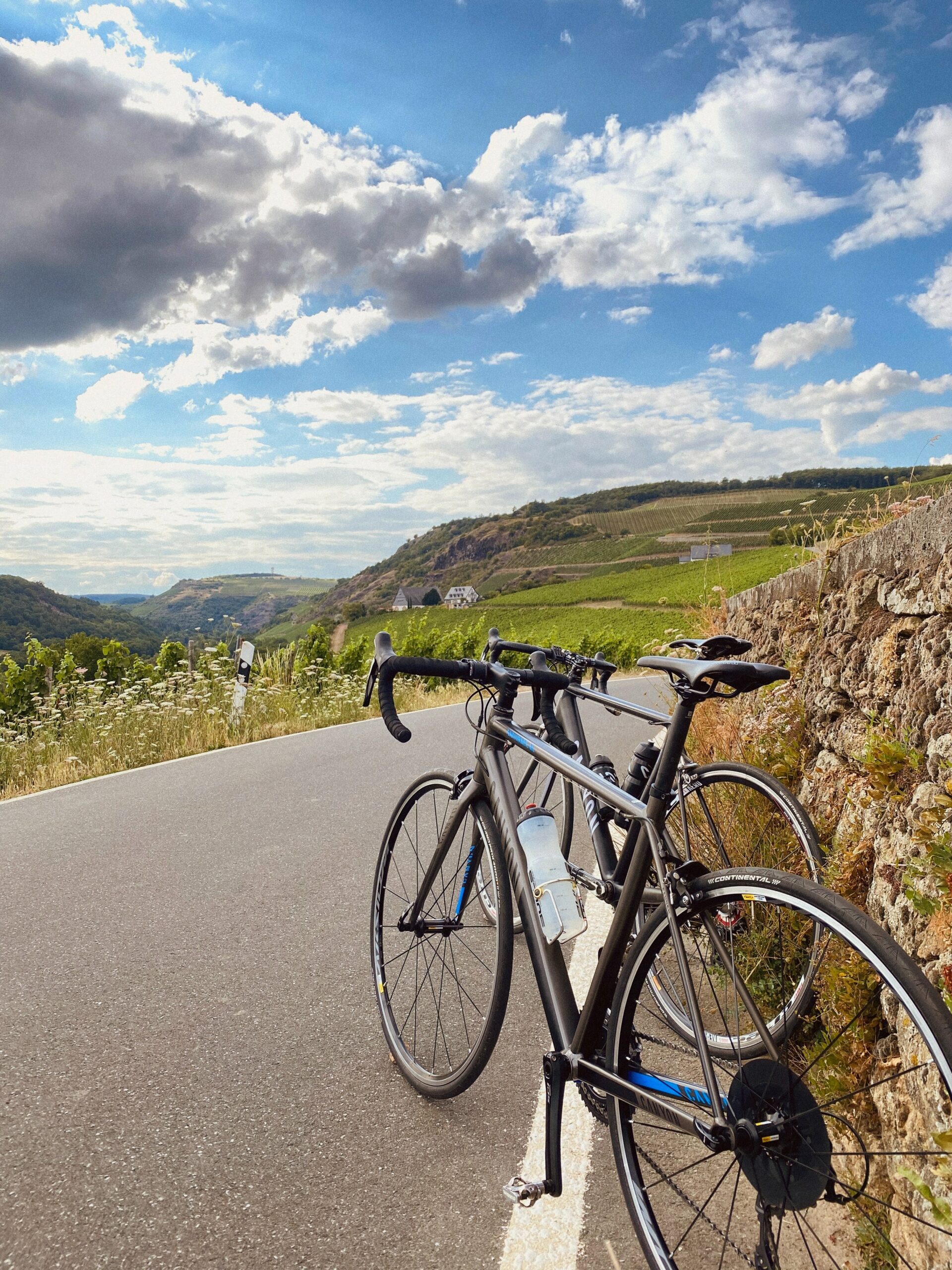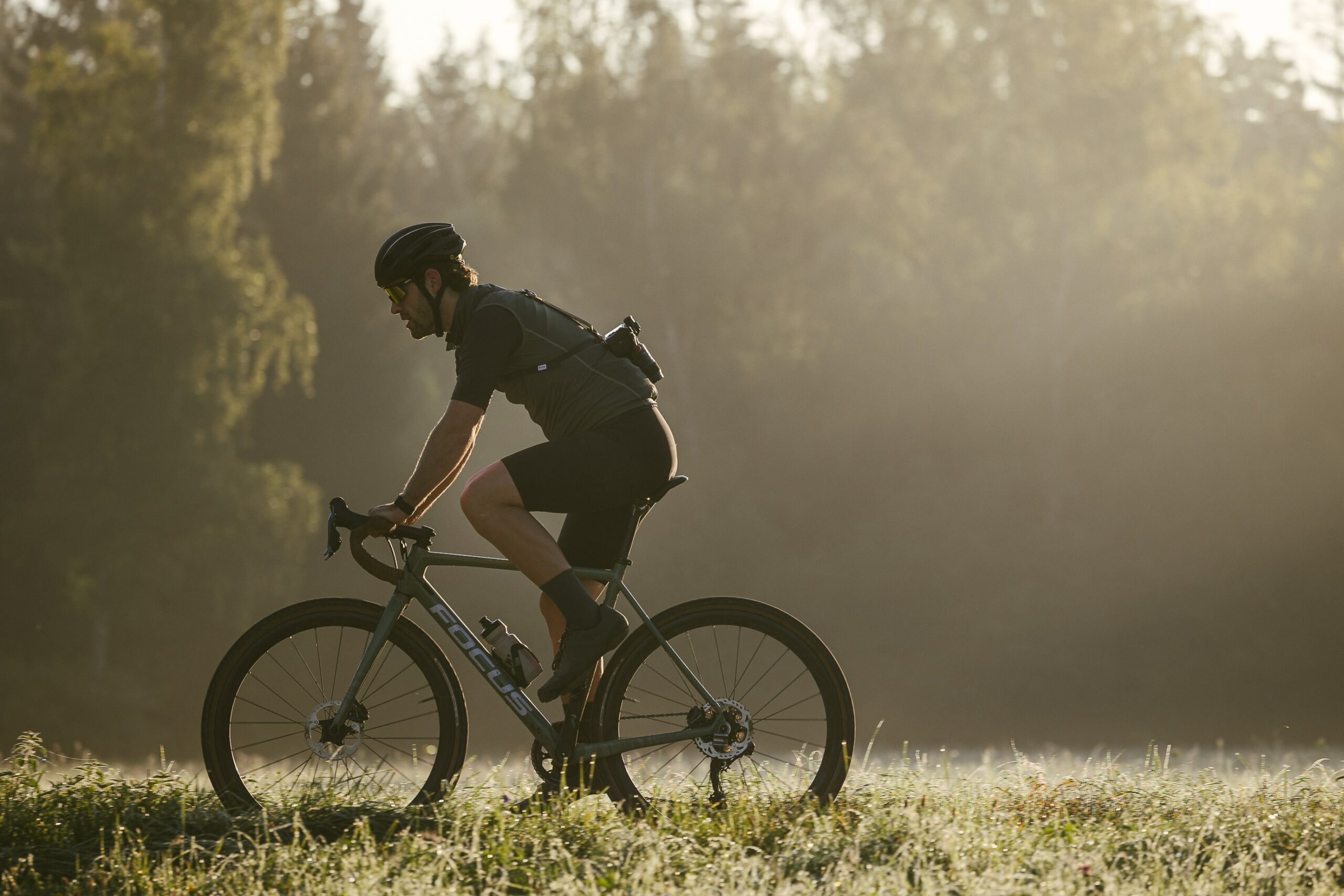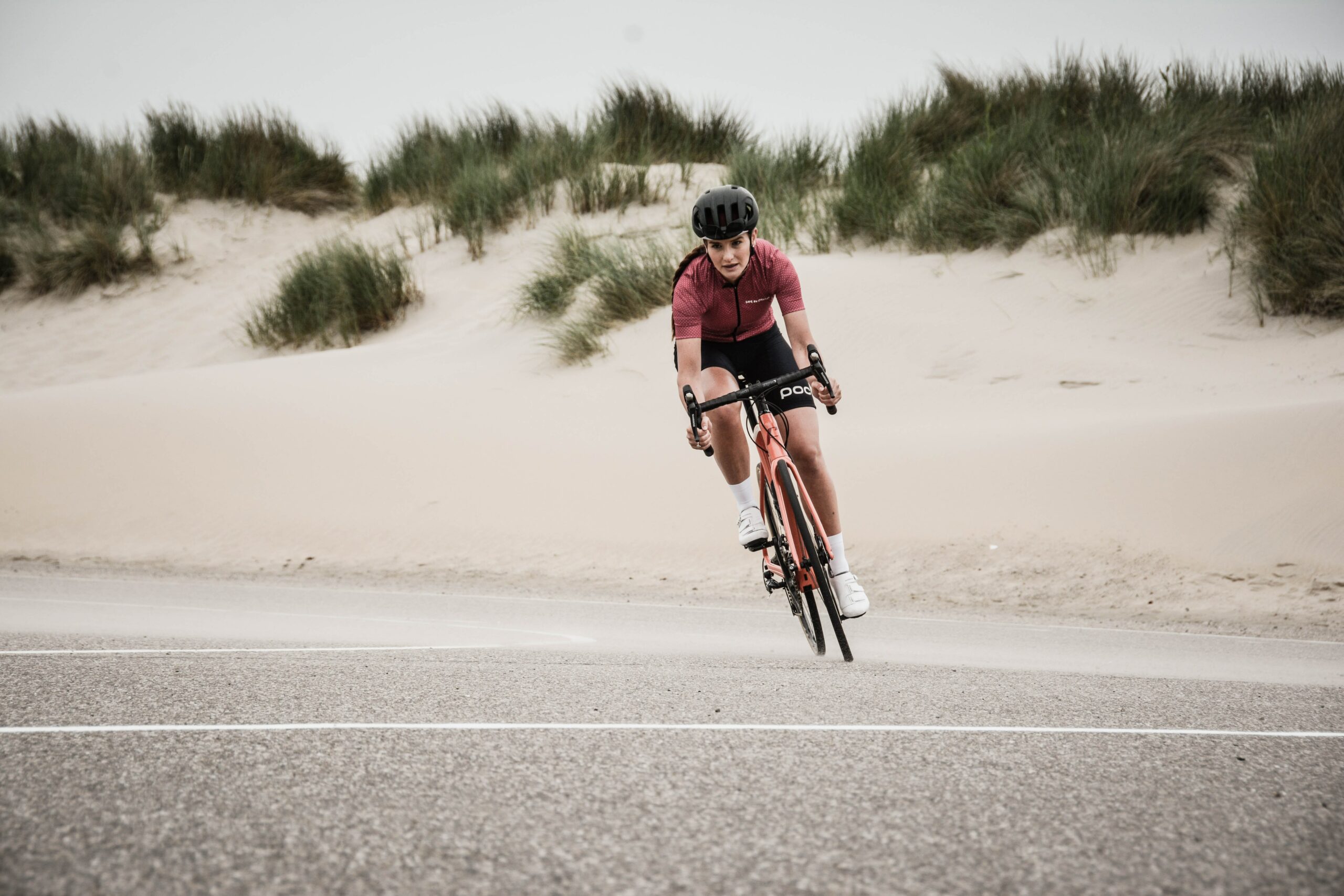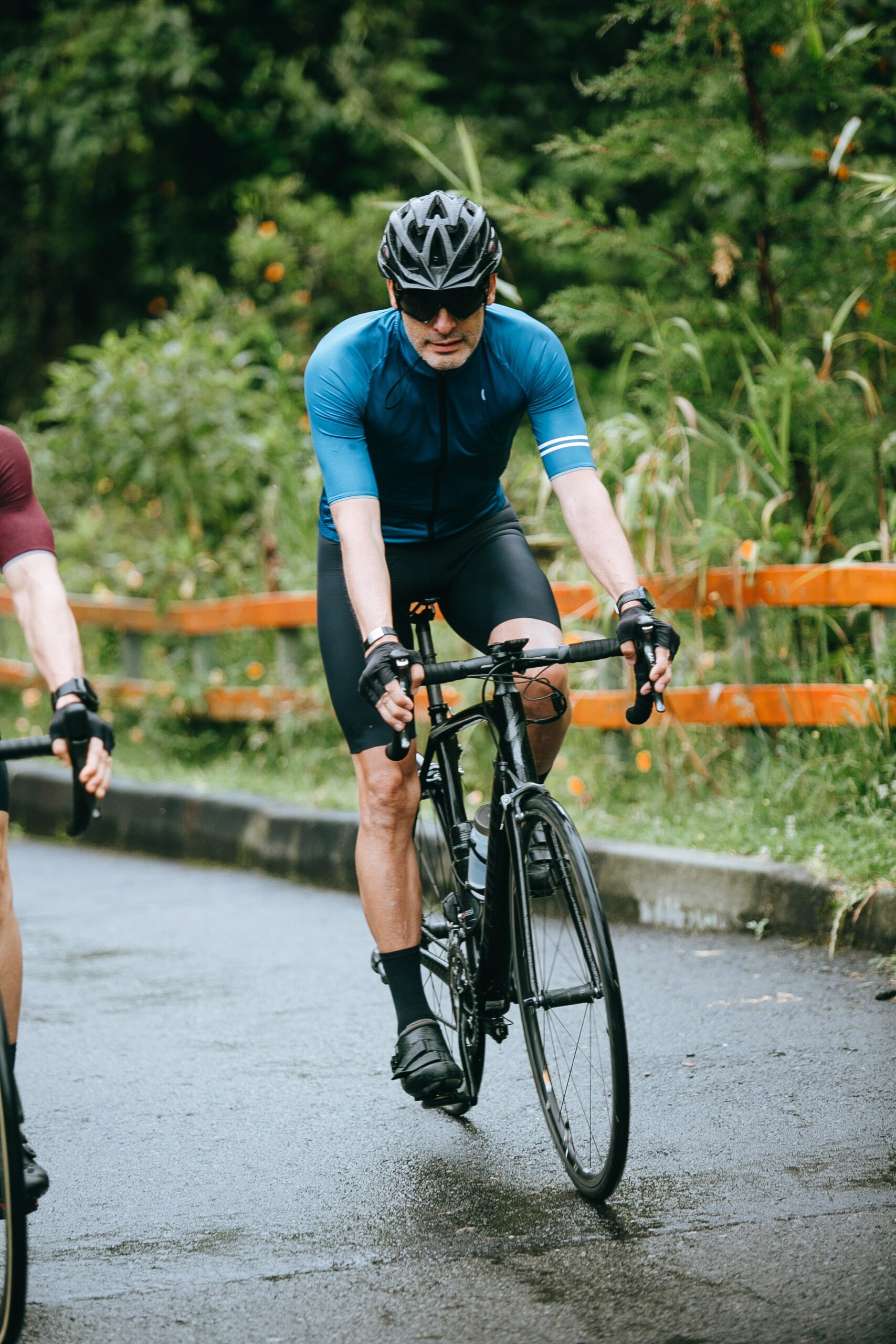Lessons from the Desert
Earlier this week I caught up with Dave Collins from the University of Liverpool's cycling team and he spoke about his team's experience this summer as they set out to break the land speed record for the fastest human-powered vehicle. The project, inspired by University of Liverpool students and staff and supported by influential Rathbones sponsors, has been in development for two years. The vehicle, ARION 1, is a carbon-coated bullet, painted in the national colours and logos of the sponsors, with a chain of 104 teeth the size of my torso. The racers, Ken Buckley and Dave Collins, were there to turn the engineers' project into a new entry in the record book. And where better to try their luck than in the state of Nevada? Dave has led me since their arrival in the United States... This year's attempt in the desert was preceded by five days in San Francisco. The riders delicately balance fatigue from overtraining and slowness from disuse. Optimising themselves for the upcoming maximum power output they will be aiming for. The importance of fresh legs could not be overstated, and even passengers were relegated to business class for the extra legroom during the flight. Sadly for engineers, minds and numbers, it's all about economy.

Battle Mountain It was a 12-hour drive from San Francisco to where the world record battle was to take place. Battle Mountain. It's not a track from Mario Kart, I confirmed. Battle Mountain is a small desert town in northern Nevada. It has a population of just over 3,000 people. Every year the so-called " World Human Powered Speed Challenge" takes place on the flat southern highway.

The trials are . First, there's the qualifiers. 2.5 miles to accelerate to 50mph, the required speed. This was a new stage for a team that had not yet achieved this at home in the UK on the Bruntingthorpe runway. If and when they pass, the 5-mile runway will be open to them and they can make their real record attempts. It is within this 5-mile stretch that riders develop their maximum speed on the 200m trap. 200m to do all the work that's been done before, counting. No pressure, right?

Time in the seat. The first leg of the race quickly made something very obvious to riders and engineers alike - three weeks on the bike wasn't enough preparation. All the power of the world couldn't compensate for the belief in technique and confidence behind the wheel. Ken and Dave had a steep learning curve ahead of them. Early crashes had undermined confidence, and it was all too easy to roll into bad space. The carbon hull could take a beating, but that couldn't stop basic human instinct from taking over and filling riders with adrenaline and indecision. And yet, despite this, both Ken and Dave made it through the qualifier. Both passed the 50mph mark and secured their place amongst the other international competitors, vying for the title of fastest man.

